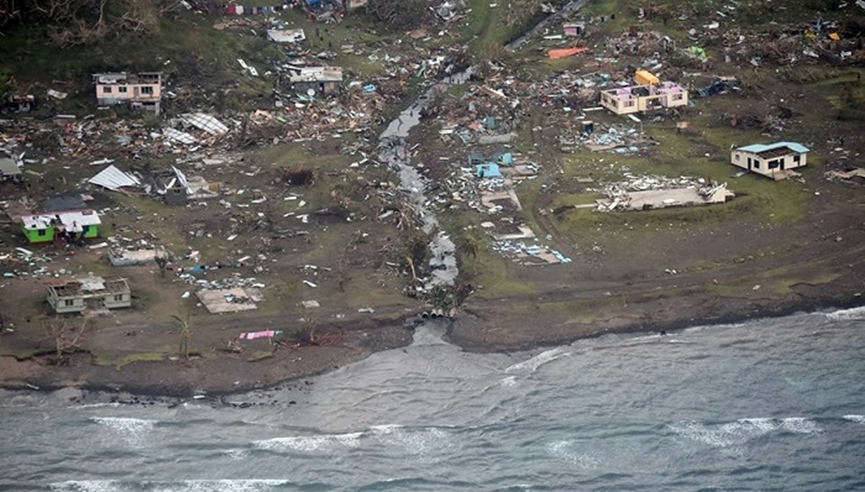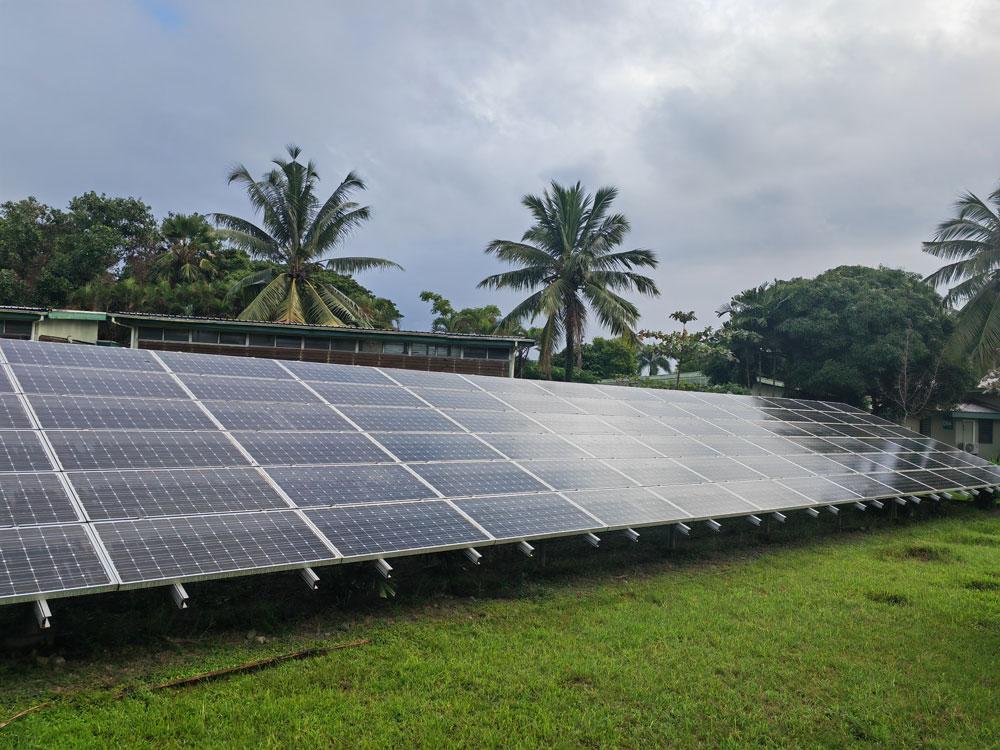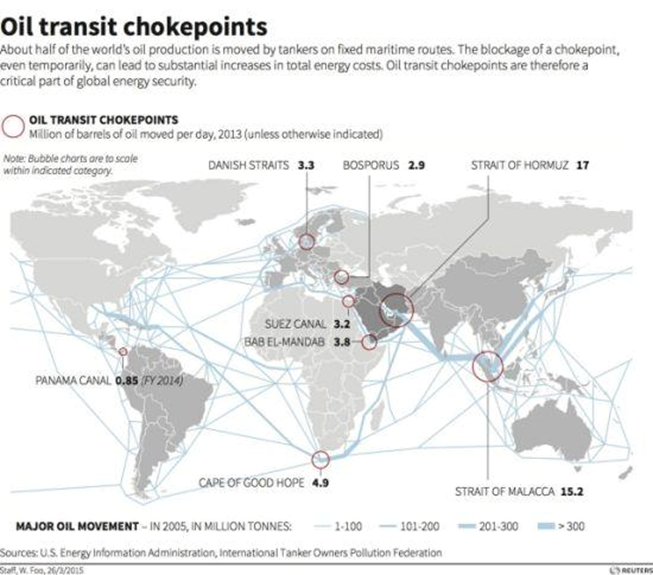Fiji: A Green Energy Revolution in a Pacific Island
Nestled in the heart of the South Pacific, Fiji is an archipelago of 332 islands, 106 of which are inhabited, with a population of around 890,000. Known for its crystal-clear waters and pristine white-sand beaches, Fiji is also one of the nations most vulnerable to climate change.

The Climate Crisis Hits Home
In 2016, Fiji endured the fury of Cyclone Winston, the strongest tropical storm in its recorded history.

Then, on January 17, 2022, Tonga’s main island, Tongatapu, was blanketed in volcanic ash—another stark reminder of nature’s unpredictability.

A joint study by the United Nations and the University of Oxford revealed that 80% of Fijians are more concerned about climate change than they were a year ago—a figure that stands at just 40% in Germany. Extreme weather events, including cyclones, floods, and landslides, are becoming increasingly frequent. 59% of Fijians surveyed reported experiencing a climate-related disaster recently. These catastrophes not only claim lives but also shackle Fiji’s economic progress.
Fiji’s Bold Green Energy Transition
Determined to act, Fiji has emerged as a global leader in climate resilience and renewable energy. It was:
·The first country to ratify the Paris Agreement
·The first emerging economy to issue a sovereign green bond
·The first small island nation to preside over COP (UN Climate Change Conference), where it pledged to achieve 100% renewable electricity generation by 2030.

In 2018, Fiji launched its National Climate Change Policy (2018–2030), outlining a clear roadmap for climate action and resilient development. Key commitments include:
·100% renewable electricity by 2030
·Net-zero greenhouse gas emissions by 2050
·Reducing carbon emissions, particularly in transport, to bolster resilience and meet Sustainable Development Goals (SDGs)
·Protecting and enhancing Fiji’s natural carbon sinks
Why 100% Renewables? Necessity, Not Choice
For Fiji, renewable energy isn’t just an ideal—it’s a strategic imperative. Like most Pacific island nations, Fiji lacks fossil fuel resources and relies heavily on costly imports. Recent oil price volatility, exacerbated by the pandemic and geopolitical tensions, has strained its economy. Despite meticulous risk management, Fiji’s crude oil procurement costs surged by nearly 40% year-on-year in 2023.
Adding to the challenge, Fiji’s dispersed population makes fossil fuel infrastructure inefficient. 2% of Fijians still live off-grid, leaving them vulnerable to energy shortages. Any disruption in oil supply—whether from price shocks or shipping delays—could trigger a crisis. Transitioning to renewables isn’t just about sustainability; it’s about energy security, affordability, and stability.

The Path Forward: Solar, Storage, and Resilience
Fiji has already made significant strides—over half its electricity now comes from renewables. In 2024, it plans to accelerate solar-storage pilot projects, combining solar/wind power with battery systems to ensure stable, reliable supply.

This strategy offers multiple advantages:
✔ Reduces dependence on imported fossil fuels
✔ Avoids the high costs and complexity of undersea cable networks
✔ Enhances disaster resilience—renewable microgrids can restore power faster after extreme weather, speeding up recovery.
For Fiji, the shift to 100% renewables is more than an environmental commitment—it’s a lifeline.